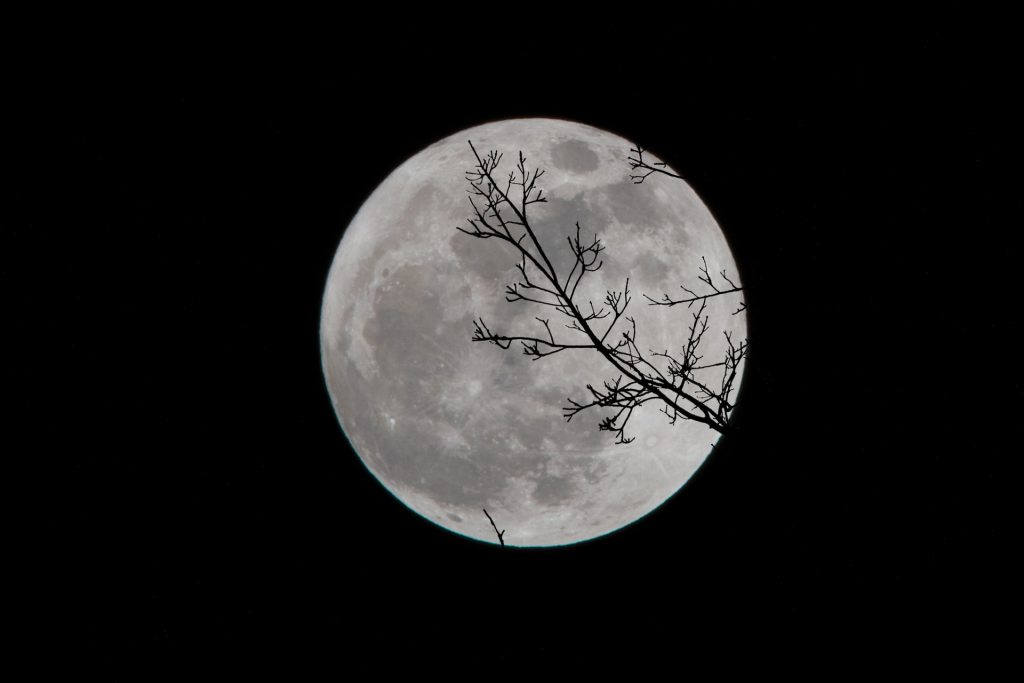What if we suddenly are faced with end-of-life right now? Sounds pretty scary right. With the growing events out there in the world, a team of researchers from the University of Arizona have brought up this bold idea of preserving life on Earth in case of a global crisis.
The idea is like a modern global insurance policy against disasters that could occur on the Earthly civilization.
The Lunar Ark is where cryogenically frozen samples of sperm, eggs, spores, and seeds of 6.7 million species can be protected in safety on the Moon.
The team presented their idea at the IEEE Aerospace Conference held over the weekend.
Although one could argue that the Moon might not be an ideal location keeping in ease of access, it has its upper hand of being far away from Earth in case Earth faces DoomsDay.
Coming back, the Moon’s lava tubes and lunar pits could be ideal places to construct a modern-day Noah’s Ark, similar in concept to Svalbard’s famous “Doomsday” Seed Vault, but in a place where the climate crisis can’t reach the specimens.
There are hundreds of lava tubes beneath the surface of the Moon which are being shielded from radiations thanks to the rocks above. The extremely low temperature underground is an asset for storing samples just like Arctic Svalbard, a Norwegian archipelago, is for the seed vault and the Arctic World
The team added that powering such a facility is within our current capabilities. With 30% efficiency, about 191 square meters of solar panels could easily power Lunar Ark. Although constructing and delivering would be hard, it isn’t beyond the possibility.
Jaken Thanga presented the concept in which he explained they were estimating the facilities to be filled with samples in about 250 trips. For comparison, the construction of the International Space Station (which is of course a lot closer) took 40 flights.
There are other hurdles to overcome, some of which have potentially fantastic solutions. The cold and near-vacuum conditions of the Moon’s lava tubes could affect metals employed in this facility in several ways. They can freeze, jam, and even cold-weld together. But the team has a creative solution: employing superconductors.
We know about the properties of superconductors. They allow the flow of electricity with no resistance. They can also trap things in place thanks to a phenomenon known as quantum levitation. We could make the samples from Earth to levitate in place over superconducting tracks, with robots allowed to move about on other tracks to check them.
The team has also proposed ways to study the Moon’s lava tubes in preparation thanks to hopping and flying robots called SphereX. These lava tubes might not only house specimens of Earthly species but they could also be ideal for a permanent presence of humans on the Moon.
Álvaro Díaz-Flores Caminero, a University of Arizona doctoral student leading the thermal analysis for the project, said that projects like these make us feel like we are getting closer to becoming a space civilization, and to a not-very-distant future where humankind will have bases on the Moon and Mars.

